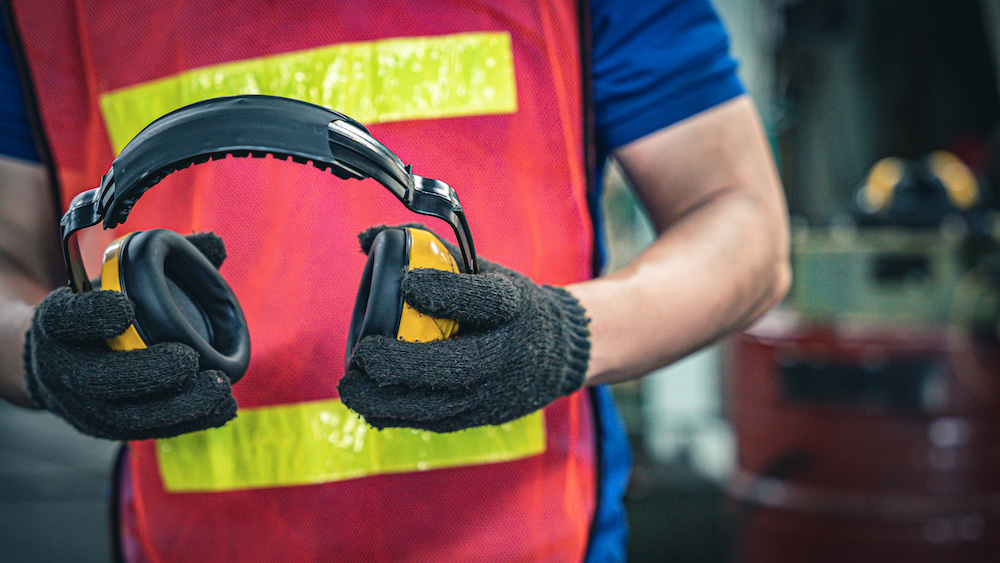
As a refined type of right-angle drive, a spiral bevel gear drive is an important part of your motion control system. Transferring power throughout your manufacturing system for food processing, agriculture, textile, packaging, military, material handling, and marine applications, these critical components move force at a 90-degree angle. Typically specified in a range of areas that present challenges to traditional design, spiral gearboxes are commonly found in washdown processing areas or where the end-use environment requires zero contamination from an open drive unit.
Spiral Bevel Gear Drives Reduce Noise and Improve Performance
The amount of noise in a production facility is restricted by local, regional, state or federal laws, and reducing background noise can also make a big difference in worker comfort and ease of communications. Noisy gears can also indicate mechanical deficiencies, which will result in poor performance as well as a shortened overall drive life. Even in environments where noise is not a concern, a quiet gearset provides the perception of quality functionality and engineering.
Depending on the type of gear performance needed, there are a few gear types you can choose from. Low speeds and light loads can do well enough with straight bevel gears, though the abrupt transfer they tend to make from tooth to tooth can create higher noise levels and impact stress. By comparison, the curved teeth of spiral bevel gear drives enmesh gradually, and that increase in tooth-to-tooth surface area contact results in smoother, quieter operations— even when operating for higher load capacities and faster speeds.
Reducing Backlash in Spiral Bevel Gear Drives
One prime factor in gear drive noise production is backlash, or the distance between meshing gear teeth. The greater the distance, the louder the impact when the gears meet. Because most manufacturers assemble gears to a loose distance, only closing the distance enough for minimum tolerances, locking each gear in place with a retaining ring or shim. This means slight variations in manufacturing can increase backlash substantially.
Backlash can also incur undue strain as the system fights against inertia as it recovers lost motion, similar to the recoil of a firearm. This can cause jerky, unpredictable operating cycles and can be devastating to precision equipment.
The exception is the MITRPAK® spiral bevel gear design which eliminates shims and rings, featuring a unique adjustable locknut that allows extremely precise final adjustment, minimizing noise and backlash.
Smooth, Robust, and Reliable Spiral Bevel Gears from MITRPAK
Though they are offered by a range of large and small vendors, this type of right angle gear drive is typically specified by engineers early in the capital equipment design process and procured through purchasing agents for original equipment manufacturers (OEMs), or selected by in-plant maintenance and repair operations (MRO) to keep production lines moving and perform repairs. How can engineers and purchasing agents ensure that they’re receiving the best drive for their needs? The best method is to select a vendor that will work to understand your specific needs and unique challenges, like MITRPAK. To find the right spiral bevel gear drive for your application, contact MITRPAK today.
